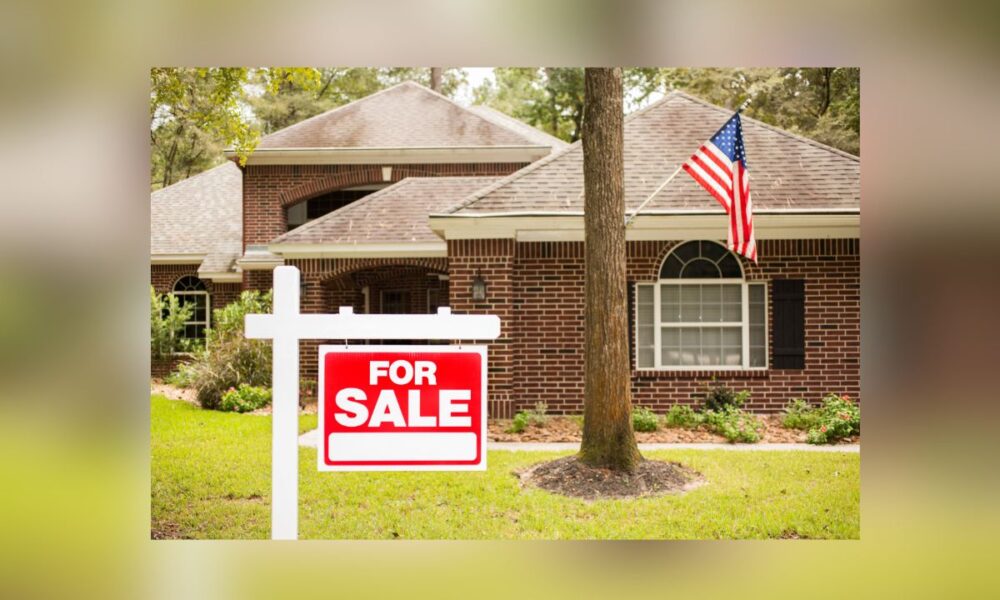The U.S. housing market is starkly divided, driven by differences in supply, zoning laws, and climate concerns.
Home prices are climbing in the Northeast and Midwest while declining in parts of the South, particularly Texas and Florida.
Despite high mortgage rates dampening demand nationwide, the mantra of “location, location, location” remains key.
In areas with limited new construction — often due to strict zoning and scarce land — prices are holding firm or rising. In contrast, Sun Belt regions with abundant new homes face falling prices as builders and homeowners sell amid rising insurance costs and climate risks.
“There’s just this huge difference in supply between the Northeast and the South,” said Chen Zhao, head of economic research at Redfin, per Axios. “It’s so much easier to do construction in the South. So you have a lot more new construction.”
In the South, where homebuilding has boomed, prices are softening. Tampa, Florida, saw a nearly 6% drop in typical home prices this June compared to last year, while Jacksonville, Florida, and Austin, Texas, each fell 3% and 6%, respectively. Phoenix, Arizona, another Sun Belt hub, recorded a 4% decline.
Zhao noted that in states like Florida and Texas, “they’re kind of tired of hurricanes,” prompting homeowners, including those with second homes, to sell.
Conversely, the Northeast and Midwest, where zoning restrictions and limited space curb new construction, are seeing price gains. New York City’s metro area saw a 4% increase in home prices from last June, with Chicago up 3% and Minneapolis up 2%.
The supply dynamic is critical. Homebuilders in the South must sell quickly, often at lower prices, unlike existing homeowners who can wait out a sluggish market.
“It’s almost as if America is two countries right now from a housing perspective,” said Atlantic writer Derek Thompson on a recent podcast episode, Axios reported.
Even with regional declines, home values remain elevated. Nationwide, typical home prices are about 46% higher than pre-pandemic levels, according to Zillow. Meanwhile, midsize metros in the Midwest and Northeast, praised for affordability and climate resilience, were recently ranked as the summer’s top housing markets by The Wall Street Journal and Realtor.com.


